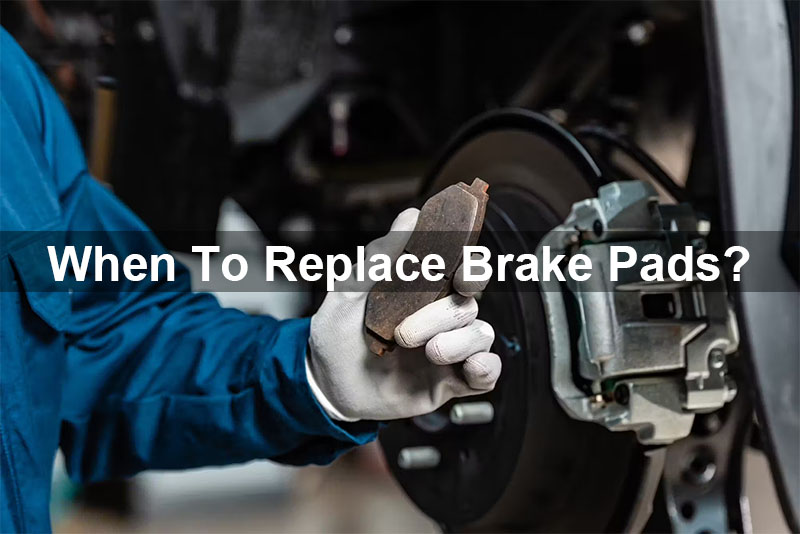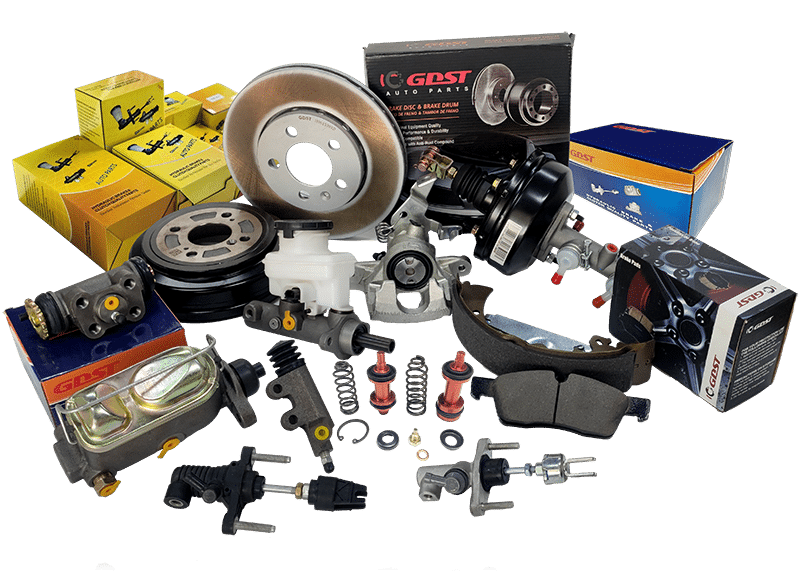Brake pads are a component of the disc brake system. Whenever you step on the brakes to slow down or stop, it will cause wear and tear on the brake pads. Over time, it will affect driving safety, so knowing when to replace brake pads is an issue that every car owner needs to pay attention to.
First of all, let’s understand what are the main materials of brake pads in the market.
What Are Brake Pad Types?
Ceramic brake pads
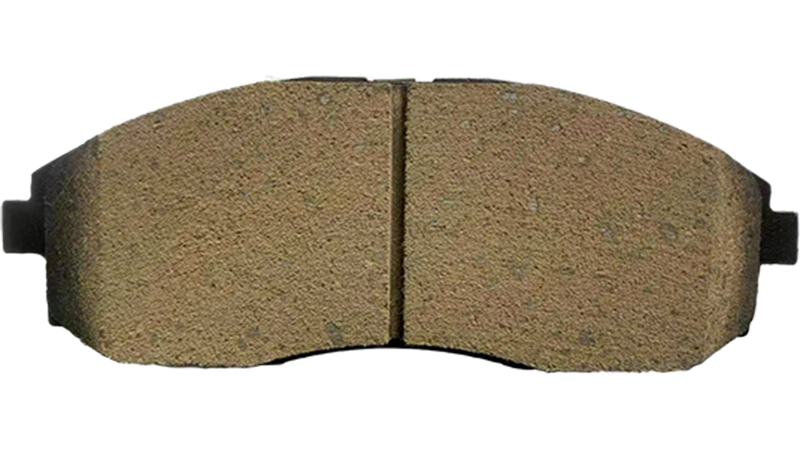
Ceramic brake pads are mainly made of ceramic materials, without any metal.
They have the best braking performance, highest durability, longest lifespan, and no noise.
Ceramic brake pads are suitable for high-speed driving or racing cars.
Low-metallic brake pads

Low-metallic brake pads are made of carbon steel with a small amount of metal.
They have better braking performance, lower wear resistance, longer lifespan, and less noise.
Low-metallic brake pads are suitable for regular cars and SUVs.
Semi-metallic brake pads

Semi-metallic brake pads are mostly made of carbon steel, some metal powders, and fillers.
They have better braking performance, higher wear resistance, longer lifespan, and acceptable noise levels.
Semi-metallic brake pads are suitable for cars, SUVs, trucks, etc.
What Causes Your Brake Pads to Wear Out Faster?
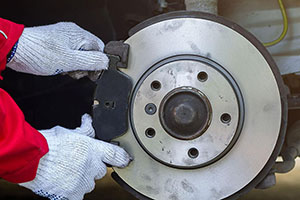
As we all know, no matter what material the brake pad is made of, it will gradually wear out during use.
But you may wonder why the brake pads of my car wear out faster with the same material?
It could have something to do with these reasons:
- Bad driving habits: Do you brake sharply a lot or have the habit of braking for a long time? These habits will accelerate the wear of brake pads.
- Road conditions: Do you often drive on city roads with heavy traffic or mountain roads? This increases the frequency of brake pad use, which accelerates wear and tear.
- Vehicle load: If you put a lot of heavy objects on your car, the brake system will be under more pressure when driving, causing the brake pads to wear out faster.
How to Check Brake Pad Wear?
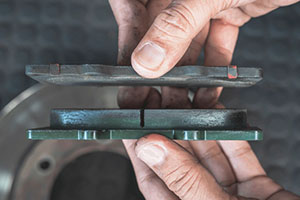
So how do we tell when our brake pads are worn? You can learn from the following methods:
Visual inspection:
You need to take the brake pads off the caliper and determine if they need to be replaced by checking the brake pad thickness.
Generally, when the brake pad thickness is less than 5 mm, you should consider replacing them.
In addition, if there are obvious cracks or damages on the surface of the brake pads, replace them immediately.
Sound judgment:
If you hear a sharp, scraping-like sound when you step on the brakes, the brake pad may be worn quite seriously and should be replaced immediately.
However, sometimes because there is moisture on the brake pad or brake shoe, it will also make a harsh sound, so we cannot only rely on the sound to judge the condition of the brake pads.
Instrument detection:
This is a reliable method, you can go to the 4S store to find a specialist to help you with instruments to test the brake pads, such as brake pad thickness gauge, infrared thermometer, electronic brake tester, and dynamic balance tester.
When To Replace Brake Pads?

From the above introduction, we already know roughly when to go for brake pad replacement.
Next, I will list more information for your reference about when to change brake pads:
Mileage and lifespan reach a limit
Generally, the brake pads lifespan is between 30,000km and 50,000 km.
If you drive in a crowded city with braking frequently, the brake pads will wear out faster, brake pad mileage will be between 30,000 and 35,000 km.
If you always drive on the highway, the service life of the brake pads can be up to 80,000 km.
Less than 5mm of brake pad thickness
New brake pads are usually 10-12mm thick. When the brake pad thickness is worn to 5mm or less, it must be replaced.
Many brake pads have wear marks, and when they are worn to the mark, it means that they need to be replaced.
This can be determined by visual inspection or using professional measuring tools.
A sharp metallic rubbing sound
This sound is caused by the metal alarm tabs on the brake pad contacting the brake disc to remind the driver that the brake pads need to be replaced.
If you hear this abnormal sound, regardless of the thickness of the brake pads, it should be inspected and replaced immediately.
Brake warning light
Modern cars are usually equipped with a brake pad wear warning system.
When the brake pads are worn to a certain level, the brake warning light on the dashboard will light up.
At this point, the driver should check and replace the brake pads as soon as possible to ensure driving safety.
Reduced braking performance
If the brake pedal feels soft when braking, the braking distance becomes longer or the braking effect is not as good as before, this may be a signal that the brake pads are worn seriously. At this time you need to replace the brake pads.
Unevenly worn and cracked on the brake pad surface
If you find that the brake pads are noticeably thin, unevenly worn, or cracked, they should be replaced in time.
This inspection can be performed at each maintenance, or you can check it yourself with a flashlight.
Brake shaking
If the steering wheel or vehicle shakes when braking, the brake discs or pads may be uneven and we need to check them.
This condition will not only increase the wear and tear on the brake pads and discs but will also affect the handling of the vehicle.
In Conclusion
We hope this article will help you better understand the timing of brake pad replacement, when you feel the situation described above, check and replace brake pads in time to protect yourself and others’ safety.
Last but not least: The brake pad replacement cost varies by brand and material, ranging from $5 to $100. When choosing brake pads, you can consider some well-known brands, such as Brembo, Bosch, GDST, etc., which have a good reputation in terms of performance and quality.

